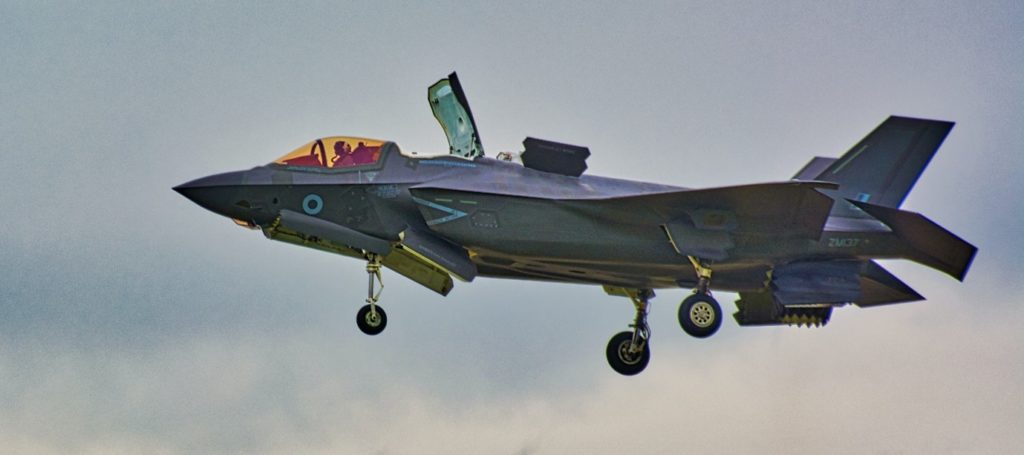
Rare spotlight on UK Aerospace and Defense Sector
By Seyedebrahim SAFAVI
Figures from industry association ADS show UK’s civil and military aerospace revenue in 2021 as £22.4 billion – 37% decrease in comparison to before the Covid crisis. But the recent highlight has been focused more on the ownership change of key suppliers and global players in the UK:
- PearsonEngineering, world leaders in delivering combat engineering, battlefield mobility and counter-mobility equipment for armored vehicles which is based in new castle was sold to an Israeli company.
- Meggitt, a British engineering business specializing in aerospace equipment is now owned by a US company Parker Hannifin.
- Cobham Limited a British aerospace manufacturing company and Ultra Electronics a world leading defense, security, transport, and energy company was acquired by US private equity firm Advent International.
This is alarming for the United Kingdom, as they have lost control on some of their oldest and most specialized companies in aerospace and defense industry. This pattern of changes can also lead to a knowledge loss and financial troubles within the industry for all the small businesses that supply these companies, as well as the economy as a whole.
Source (Date: 09.10.2022):
https://www.ft.com/content/da3d0aff-d41f-4696-9482-3c4dac7318c3
https://www.newsncr.com/business/takeovers-and-weak-pound-put-spotlight-on-uk-aerospace-and-defence/
Zero emission target by 2050
By Antoine Valenti
Zero emissions has been turning as a burning topic since the last months in the world aviation field. Last week, ICAO’s member states eventually defined the goal to reach net zero carbon emission for international aviation by 2050. This statement is now at the heart of aviation issues and challenges, IATA General Willie Walsh declared that there was “not a minute to lose”.
In fact, while aviation’s carbon emission remain quite small, they are still increasing particularly by altitude. Aircraft emissions have bigger impact at altitude than the one emitted closer to the earth’s surface. Global aviation defined a long-term strategy notably to achieve these goals, defined by four mains pillars: operations, infrastructure, technology and a global market based economic measure.
On the other hand, there is currently no zero emissions technology. Global aviation is the first industry with a global dearbonisation strategy. Not to mention that Sustainable Aviation Fuels are the main drivers of this strategy, IATA expects them to contribute 65% of the reduction in emissions needed to achieve net zero in 2050, while European aviation’s ‘Destination 2050’ modelled Sustainable Aviation Fuels’ contribution at 34%.

Hybrid-electric engine development
General Atomics revealed set out that they were working on a new propulsion technology, defined as « game changing » potential. This development takes part of the MQ-Next project, which is not immersed in a world of technological exploration and the “realm of the possible” to determine hat future drones used to perform Reaper-like missions will look like. These unmanned aircraft may quite likely be smaller, stealthier, and more lethal and even operate in swarms to blanked areas with surveillance. The MQ-Next doesn’t need to be operational until 2031, which means the service can take the time it needs to identify and develop the best possible next-generation drones for the 2030s.
Here is an extract of Dave Alexander declaration, General Atomics’ president of aeronautical systems, at Air and Space Forces Association conference:
“The key to this design is heavy fuel engine, driving very efficient generators and motors. And that way we can get fairly low [fan] speeds, get really good efficiency,” Alexander said. “So, this is game changer right here. This is a low-pressure ratio fan, so it is a little tricky and we have to be careful with it. But we believe once we nail this, get the thrust out of it and installed weight, then that’ll drive that aircraft” to new lengths.
Sources:






